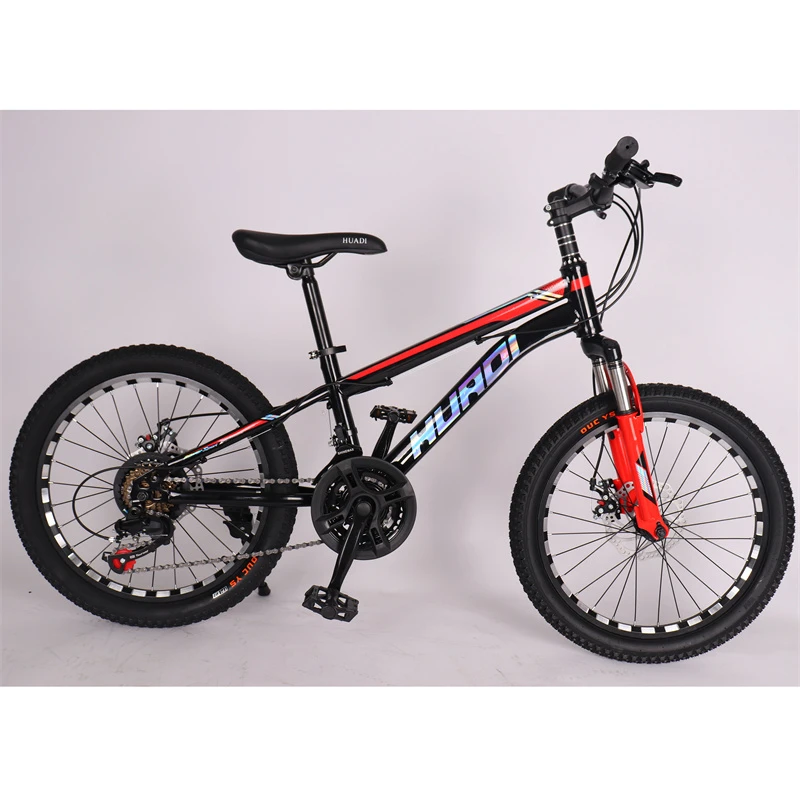kids balancing bike
The Perfect First Ride A Guide to Kids' Balancing Bikes
As parents, we often find ourselves pondering the best ways to nurture our children's development while keeping them active and engaged. Balancing bikes, also known as balance bikes, have surged in popularity in recent years, proving to be a fantastic tool for young learners to master the art of cycling. These innovative bikes, designed specifically for toddlers and preschoolers, provide a unique way to develop balance, coordination, and confidence before transitioning to traditional bicycles with pedals.
What is a Balancing Bike?
A balancing bike is a simple, pedal-less two-wheeler that allows children to use their feet to push off the ground while seated on the bike. This design gives kids the freedom to practice balancing and steering without the added complexity of pedaling. Typically made from lightweight materials like aluminum or wood, these bikes are easy for young children to handle and maneuver.
Benefits of Using Balancing Bikes
1. Enhancing Motor Skills The early years of childhood are crucial for motor skill development, and balancing bikes serve as an excellent platform for improving coordination and balance. Children learn to shift their weight and steer the bike, which helps enhance their overall motor control.
2. Building Confidence Learning to ride a bike can be a daunting task for many children, often leading to falls and frustration. With balancing bikes, children experience a gentler learning curve. As they gain control and confidence, the fear of falling diminishes, making the whole biking experience enjoyable.
3. Encouraging Independence Balancing bikes empower children to ride at their own pace. They can stop, start, and explore without the restriction of pedals or training wheels. This sense of independence helps foster a love for cycling, encouraging outdoor play and exercise.
4. Transitioning to Pedal Bikes Research has shown that children who learn to ride on balance bikes typically transition to pedal bikes faster than those who start on traditional bicycles. Without the distraction of pedaling, kids can focus solely on balancing and steering, allowing them to transfer these skills seamlessly to a pedal bike.
kids balancing bike

Choosing the Right Balancing Bike
When selecting a balancing bike for your child, consider the following factors
- Size Ensure the bike is the right size for your child. They should be able to place their feet flat on the ground while seated. Most balance bikes come with adjustable seat heights to accommodate growing children.
- Material Lightweight materials such as aluminum or high-quality wood are ideal as they make riding easier for small children. Additionally, look for bikes with puncture-proof tires that can withstand diverse terrains.
- Brakes Some balancing bikes come equipped with hand brakes or foot brakes. While these aren’t necessary for beginners, they can be beneficial as your child becomes more proficient and seeks to control their speed.
- Design and Safety Features Ensure that the bike has a sturdy design and rounded edges to minimize the risk of injury. Safety should always be a priority when it comes to children’s equipment.
Conclusion
Incorporating a balancing bike into your child’s playtime routine is a fun and effective way to promote physical development and foster a love of cycling. Whether they are zooming down the driveway or navigating the local park, balancing bikes offer limitless opportunities for adventure and skill-building. They provide children with a head start in becoming confident young riders, ready to tackle trails and terrains on their future pedal bikes. Embrace the joy of cycling early, and watch your child's confidence soar with every push off the ground!
-
Three-Wheel Light-Up Scooter Benefits for KidsNewsJul.11,2025
-
The Importance of Helmet Safety When Using a Kids ScooterNewsJul.11,2025
-
Nurturing Early Mobility with an Infant ScooterNewsJul.11,2025
-
How to Choose the Safest Tricycle for KidsNewsJul.11,2025
-
Fixing a Squeaky Baby Push Tricycle in MinutesNewsJul.11,2025
-
Cleaning and Maintaining a Tricycle for Big KidNewsJul.11,2025
-
Unleash Fun and Safety with Our Premium Kids Scooter CollectionNewsJun.06,2025








